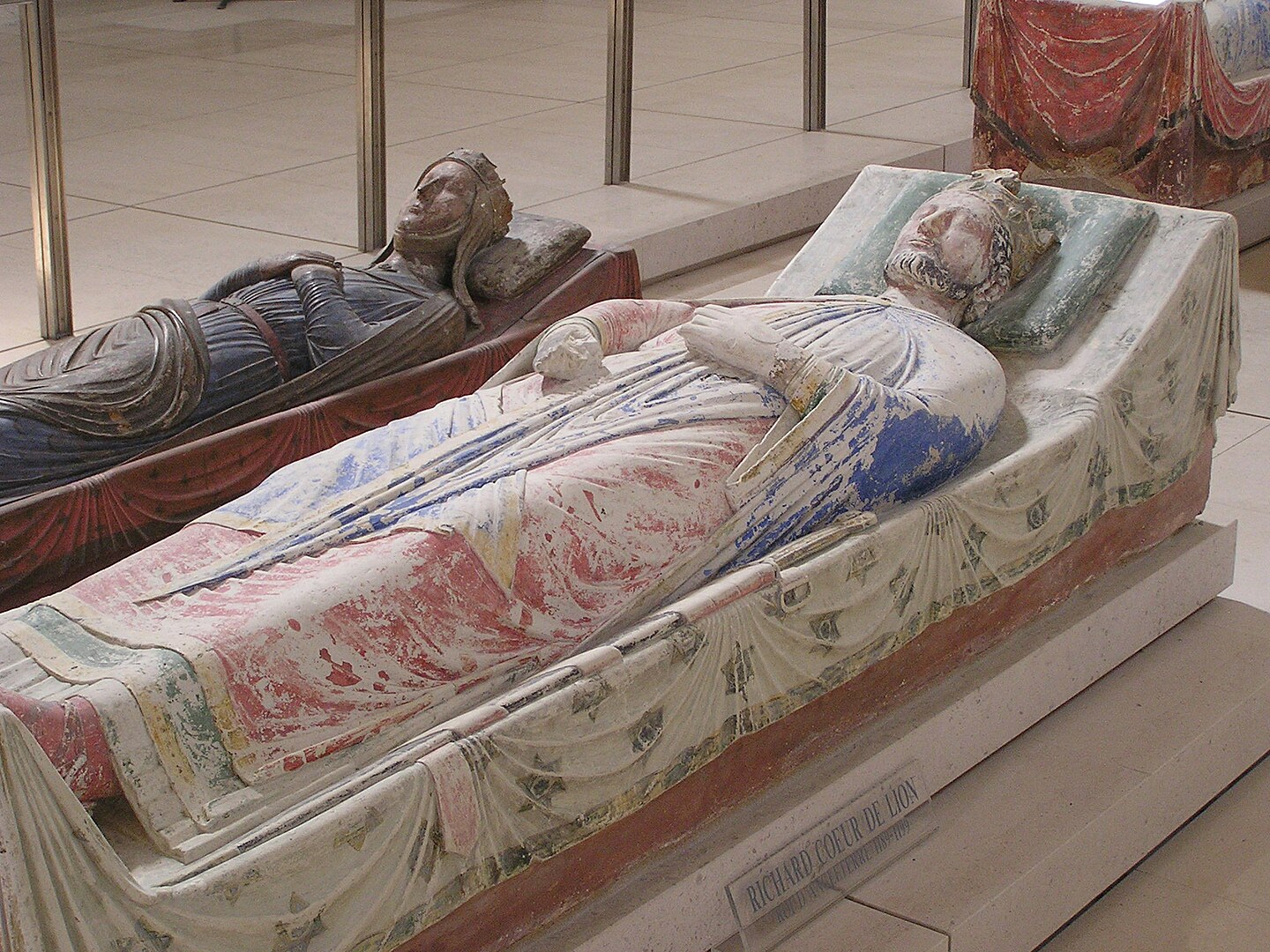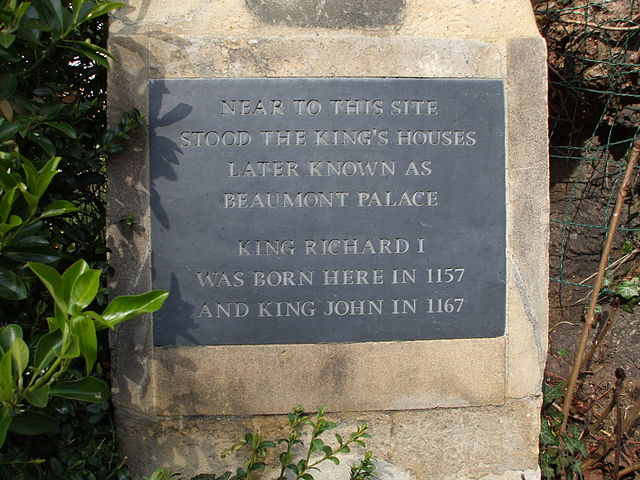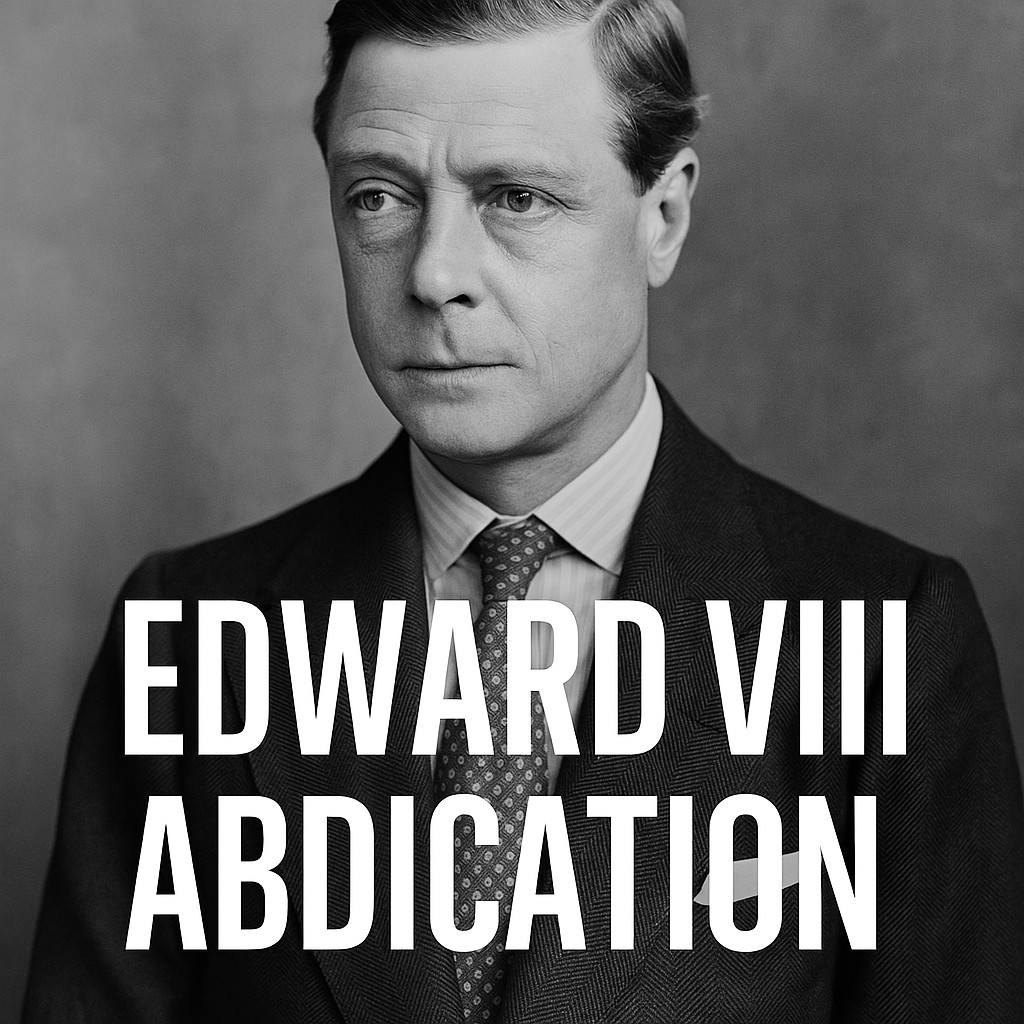
History remembers Richard I of England, better known as Richard the Lionheart, as a king of courage, valor, and an indomitable spirit. Born on September 8, 1157, Richard’s life was one of extraordinary heroism and adventure, leaving a legacy that echoes through the centuries. But who was this man called “Lionheart,” and what made him a symbol of chivalry and courage?
A Royal Lineage and Early Life

Richard was the third son of King Henry II and Eleanor of Aquitaine, one of the most powerful women of her time. Growing up in a turbulent household rife with political intrigue, he learned the art of leadership and warfare at an early age. Although he was not initially expected to inherit the throne, his charisma and military skill set him apart from his siblings. His education, heavily influenced by his mother, included literature, music, and courtly manners, preparing him for the chivalric ideals he would later embody.
By his late teens, Richard had already demonstrated his martial prowess. He led campaigns in Aquitaine, his mother’s duchy, suppressing rebellions and solidifying his reputation as a formidable military leader. These early experiences shaped the warrior king he would become.
The Path to Kingship
In 1189, Richard ascended the English throne after the death of his father, Henry II. His coronation was a momentous occasion, but his mind was already elsewhere. Richard’s heart lay not in governance but in fulfilling a grander purpose: the Crusades.
The Third Crusade (1189-1192) was launched in response to the capture of Jerusalem by the Muslim leader Saladin. As a devout Christian, Richard saw the Crusade as a divine mission. His dedication to the cause earned him respect and admiration throughout Christendom, even as his focus on military exploits meant neglecting the day-to-day responsibilities of ruling England.
The Lionheart in Battle
Richard’s exploits during the Crusades are the foundation of his legendary status. Setting out for the Holy Land in 1190, he first stopped in Sicily to secure supplies and alliances. His journey was fraught with challenges, including conflicts with fellow crusaders and storms that scattered his fleet. Yet, his determination never wavered.
One of Richard’s most significant victories came at the Siege of Acre in 1191. Despite suffering from illness, he led his troops with unmatched bravery, securing a crucial stronghold for the Crusaders. His tactical genius was again on display at the Battle of Arsuf, where he defeated Saladin’s forces in a display of courage and strategic brilliance.
Although Richard did not succeed in reclaiming Jerusalem, he negotiated a truce with Saladin that allowed Christian pilgrims safe access to the holy city. Remarkably, despite being adversaries, Richard and Saladin developed a mutual respect, a testament to the chivalric code both men upheld.
The King’s Return and Captivity
Richard’s return from the Crusades was far from triumphant. In 1192, while traveling through Europe, he was captured by Leopold V of Austria, who held a grudge against him over a dispute during the Crusades. Richard’s captivity lasted over a year, during which a hefty ransom was demanded for his release. The people of England were heavily taxed to raise the sum, underscoring his popularity but also the financial strain his adventures placed on the kingdom.
Upon his release in 1194, Richard returned to England briefly before resuming his campaigns in France. His focus remained on defending his territories rather than domestic governance, leaving England largely under the control of his administrators.
The Tragic End of a Hero
Richard’s life came to an abrupt end in 1199 during a siege in France. While inspecting the battlefield, he was struck by a crossbow bolt. The wound became infected, leading to his death at the age of 41. His passing marked the end of an era, and his enemies reportedly mourned his death as much as his allies.
Richard’s heart was buried in Rouen, France, while his body was laid to rest at Fontevraud Abbey alongside his father and mother. His epitaph reads, “The Lion by Name, the Lion by Nature.”
A Legacy Carved in Legend
Why does Richard the Lionheart remain such a compelling figure? Part of the answer lies in the romanticized ideals of the Middle Ages. Richard embodied the qualities of a perfect knight: courage, loyalty, and a sense of divine purpose. His life became the subject of ballads, poems, and legends that elevated him to mythical status.
Yet, Richard’s legacy is not without complexity. While he was a brilliant military leader, his neglect of England’s governance and the financial toll of his campaigns cannot be overlooked. Some historians argue that his reign left the kingdom weaker and more divided than before.
The Lion’s Roar in Modern Culture
Richard the Lionheart continues to capture the imagination of storytellers and historians alike. He is a central figure in the tales of Robin Hood, often depicted as the noble king returning to reclaim his throne from the tyrannical Prince John. His exploits during the Crusades have been dramatized in films, books, and television series, ensuring that his legend endures.
In many ways, Richard symbolizes the duality of medieval kingship—a ruler torn between personal ambition and the responsibilities of governance. His story serves as a reminder of the sacrifices and contradictions inherent in the pursuit of glory.
Conclusion
Richard the Lionheart’s life was a tapestry of heroism, ambition, and tragedy. He was a man of his time, driven by the ideals of chivalry and the allure of the battlefield. Though his reign may have been short and his priorities controversial, the legacy he left behind is one of enduring fascination. As long as tales of knights and kings are told, the Lionheart will remain a symbol of courage and the timeless allure of adventure.
image: wikipedia







